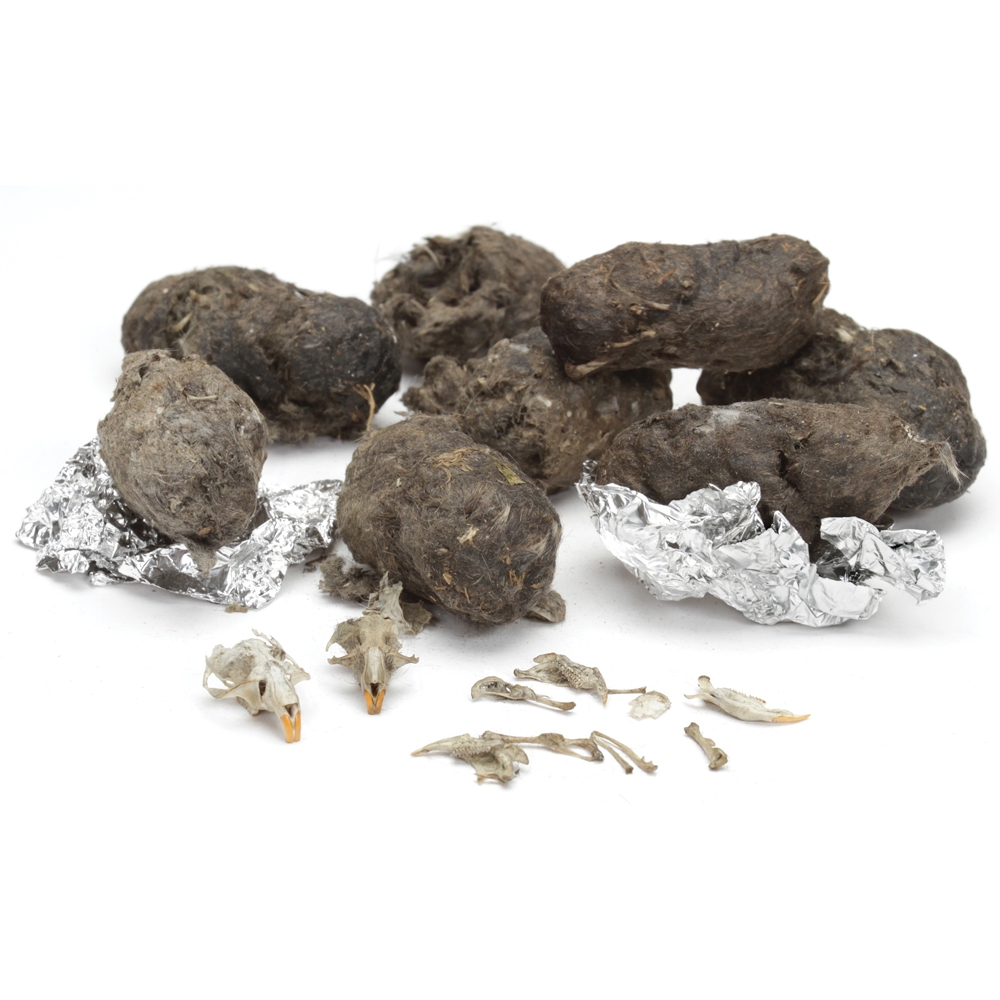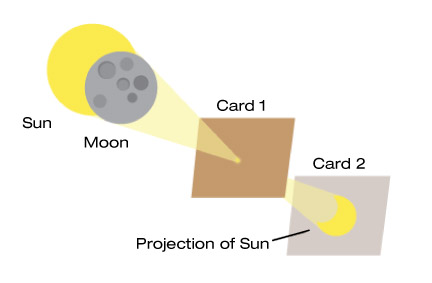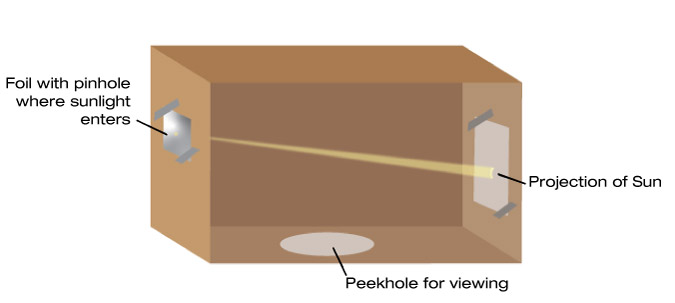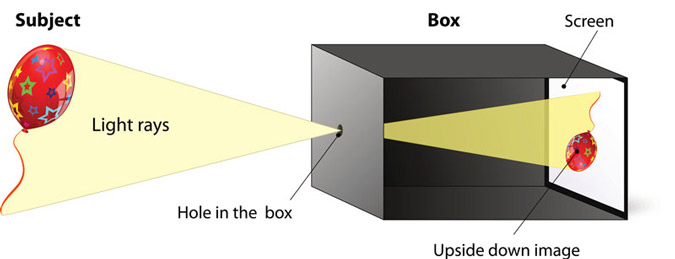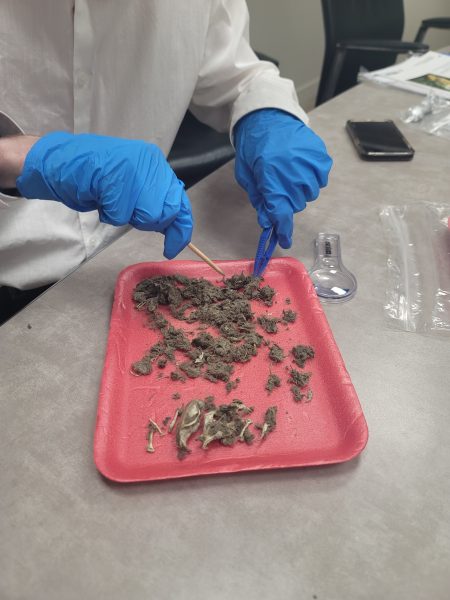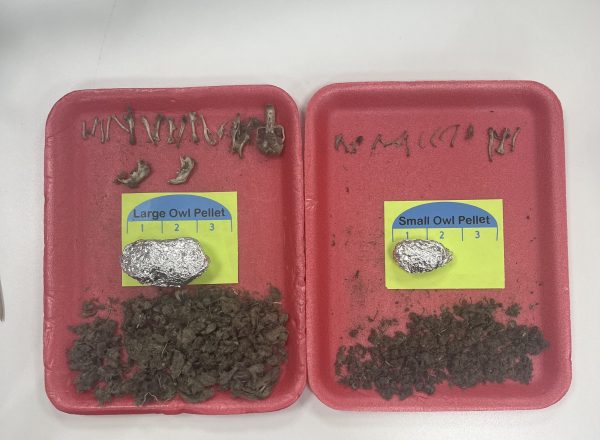This blog has been written by guest author Sean Hainsworth, Aeronautical Engineering Lecturer at Milton Keynes College.
As Christmas is nearly upon us, on Wednesday 21st November 2018 my Aeronautical Engineering students and I set out to verify if Santa’s reindeer can scientifically fly. First up, Rudolf was put through a rigorous conditioning exercise the day before, as he was mounted on the lift and drag balance kit on TecQuipment’s AF1300 wind subsonic wind tunnel.
Wednesday morning arrived, with great excitement in the lab. Rudolf was checked and checked again, then the countdown commenced 10,9,8,7,6,5,4,3,2,1, 0… and the wind tunnel was turned on. The test was underway!
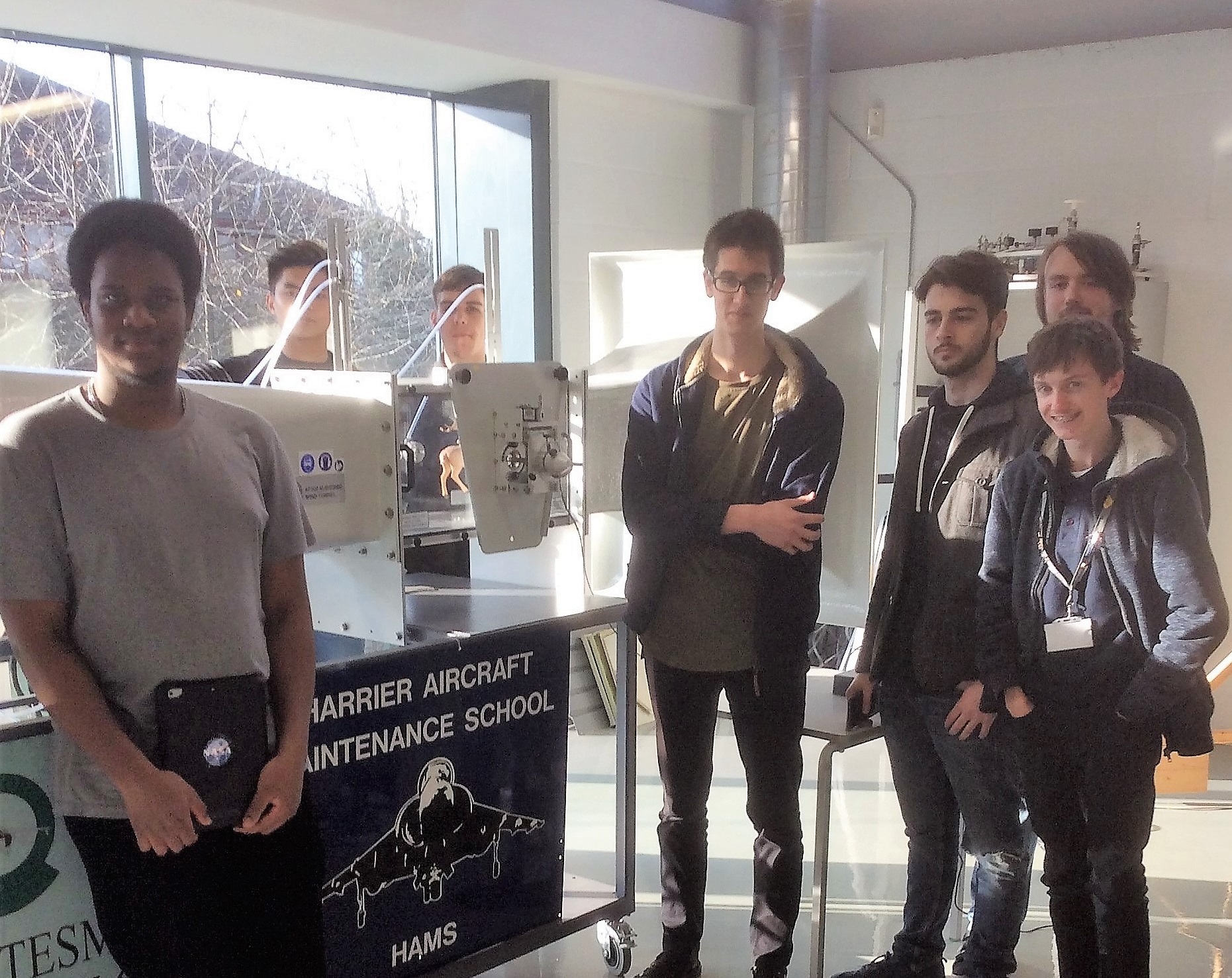
The students rallied around to make adjustments and take readings, and then came the maths.
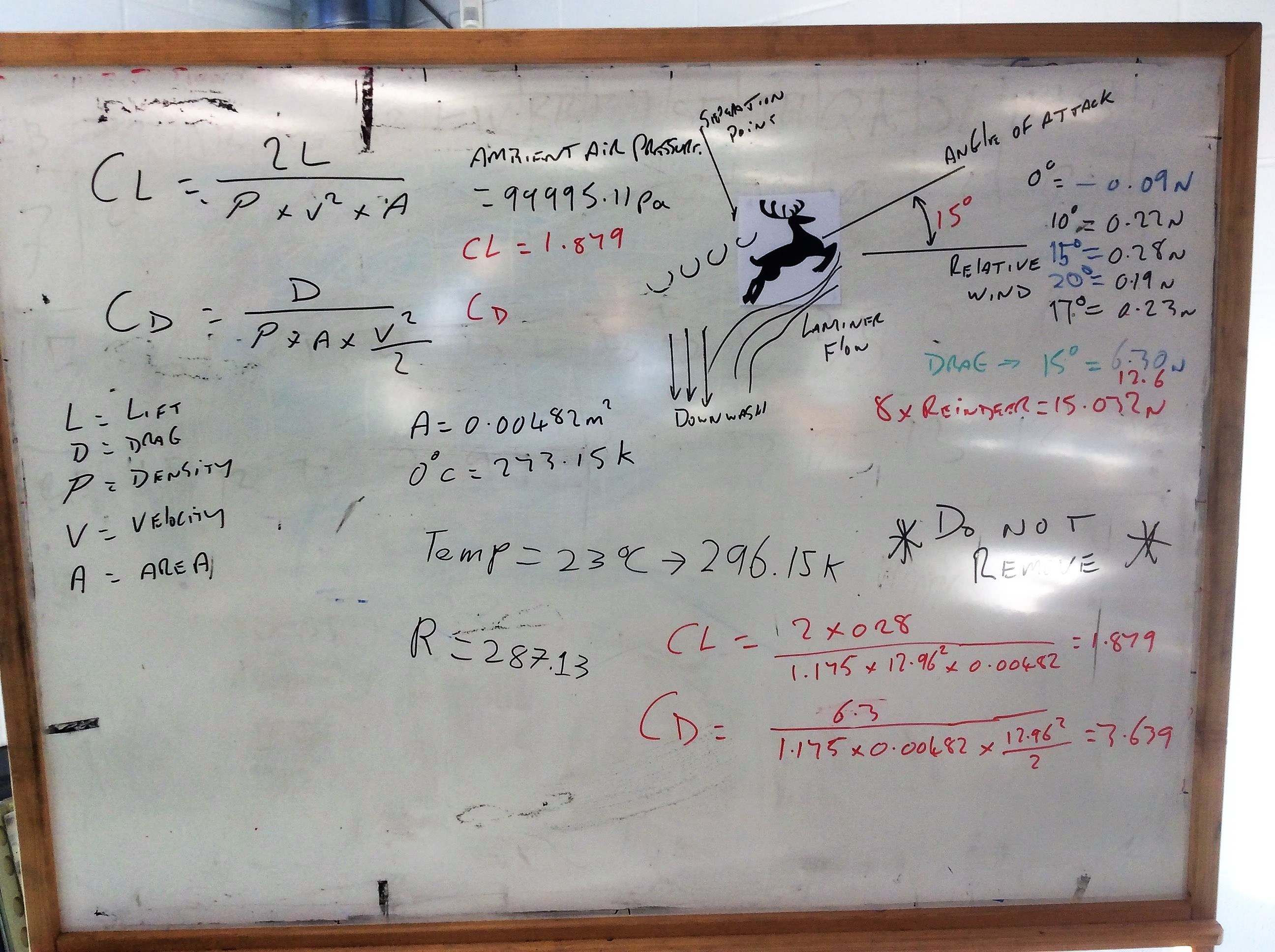
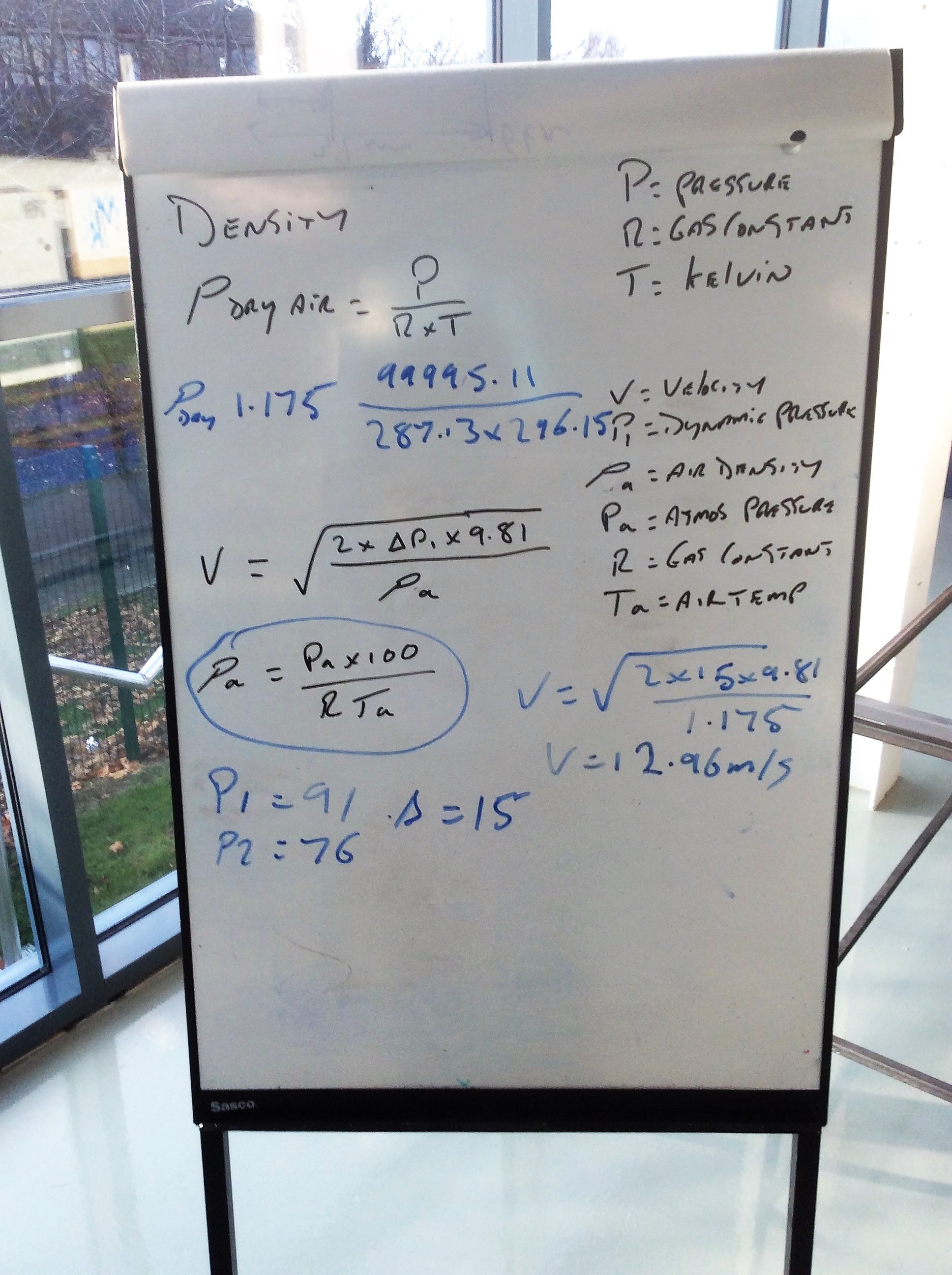
The Proof
We established that if you had eight reindeer and accelerated them to 12.96 m/s and put them at an angle of attack of 15 degrees then they would overcome the drag and weight, then create lift.
You read it right, lift = fly (in this case).
So rest easy boys and girls, it is mathematically sound and scientifically proven that Santa’s reindeer do fly.
Merry Christmas
Sean Hainsworth of Milton Keynes College

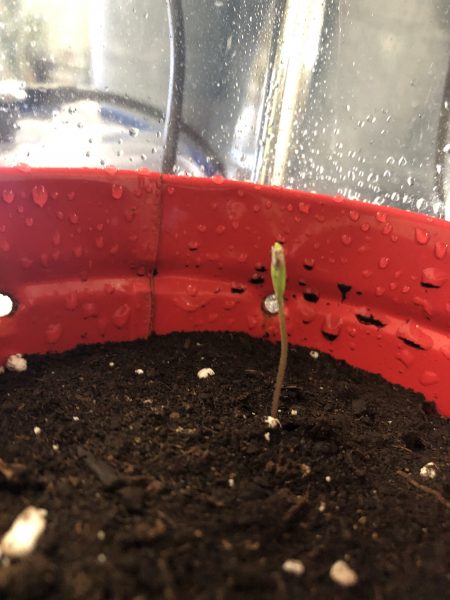 Once the seedling had a week to get settled, we began our salt water treatment. The plants in the red pot received salt water, while the plants in the purple pot received tap water. Just 2 weeks after germination and 1 week after beginning the salt water treatment, our dear red potted sprouts are exhibiting symptoms of death. The tell-tale signs include drooping, shriveling, blackening of the leaves. Overall they seemed to
Once the seedling had a week to get settled, we began our salt water treatment. The plants in the red pot received salt water, while the plants in the purple pot received tap water. Just 2 weeks after germination and 1 week after beginning the salt water treatment, our dear red potted sprouts are exhibiting symptoms of death. The tell-tale signs include drooping, shriveling, blackening of the leaves. Overall they seemed to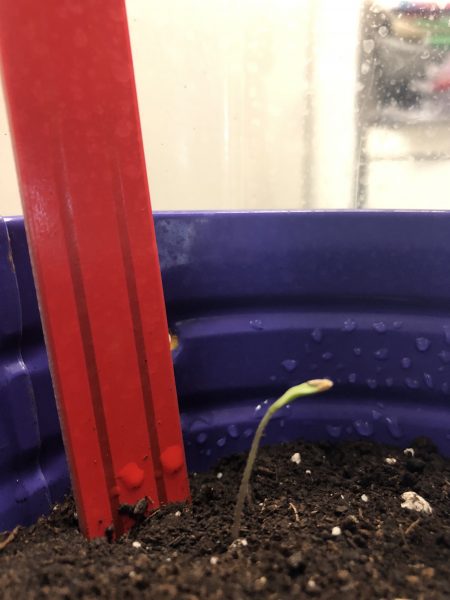 lack water and the will to live.
lack water and the will to live. 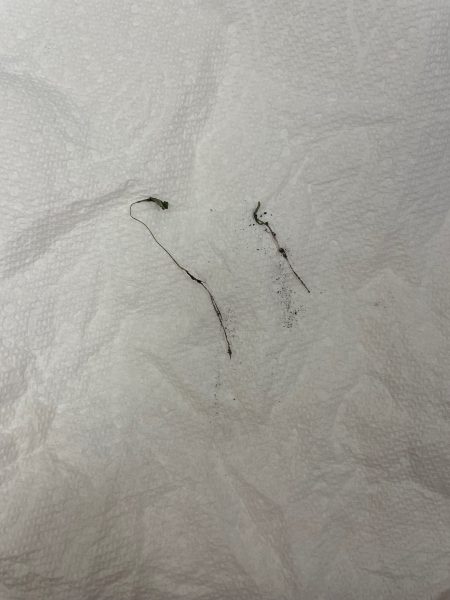 Today, a short week since the beginning of our salt water reign of terror, we arrived at the office to a startling sight. Both seedlings in the red pot, dead. With misty eyes we removed them from their home and planted their replacements. Having learned that salt water does not serve one week old seedlings well, we will try waiting an extra week to see if there is an improvement in our tomato seedlings performance.
Today, a short week since the beginning of our salt water reign of terror, we arrived at the office to a startling sight. Both seedlings in the red pot, dead. With misty eyes we removed them from their home and planted their replacements. Having learned that salt water does not serve one week old seedlings well, we will try waiting an extra week to see if there is an improvement in our tomato seedlings performance. 
